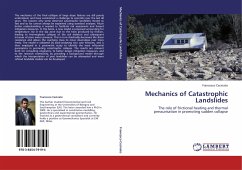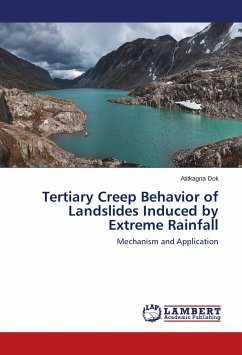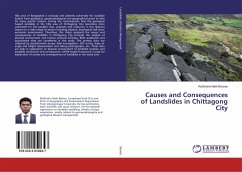The mechanics of the final collapse of large slope failures are still poorly understood, and have constituted a challenge to scientists over the last 40 years. The reasons why some observed catastrophic landslides moved so fast and so far cannot always be explained using standard analyses. Much better understanding is needed to facilitate risk assessment and hazard mitigation measures. In this book, a new model is proposed accounting for temperature rise in the slip zone due to the heat produced by friction, leading to thermoplastic collapse of the soil skeleton and subsequent increase of pore water pressure. This in turn drastically decreases the shear resistance and allows the overlying mass to move downslope ever more freely. The model is validated by back-analysing two case histories, and is then employed in a parametric study to identify the most influential parameters in promoting catastrophic collapse. The results are relevant both for consulting engineers, to better design mitigation measures, and to the research community, by providing a background model through which the interpretation of past landslides can be attempted and more refined landslide models can be developed.
Bitte wählen Sie Ihr Anliegen aus.
Rechnungen
Retourenschein anfordern
Bestellstatus
Storno








